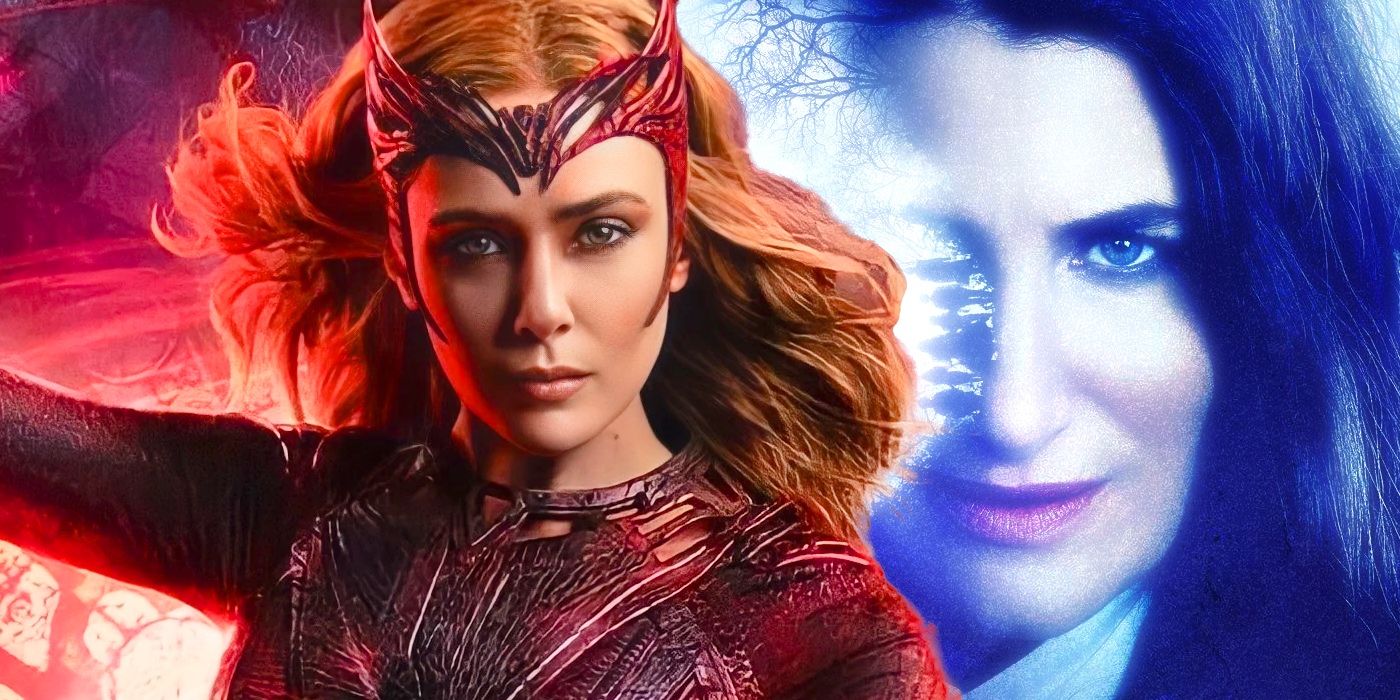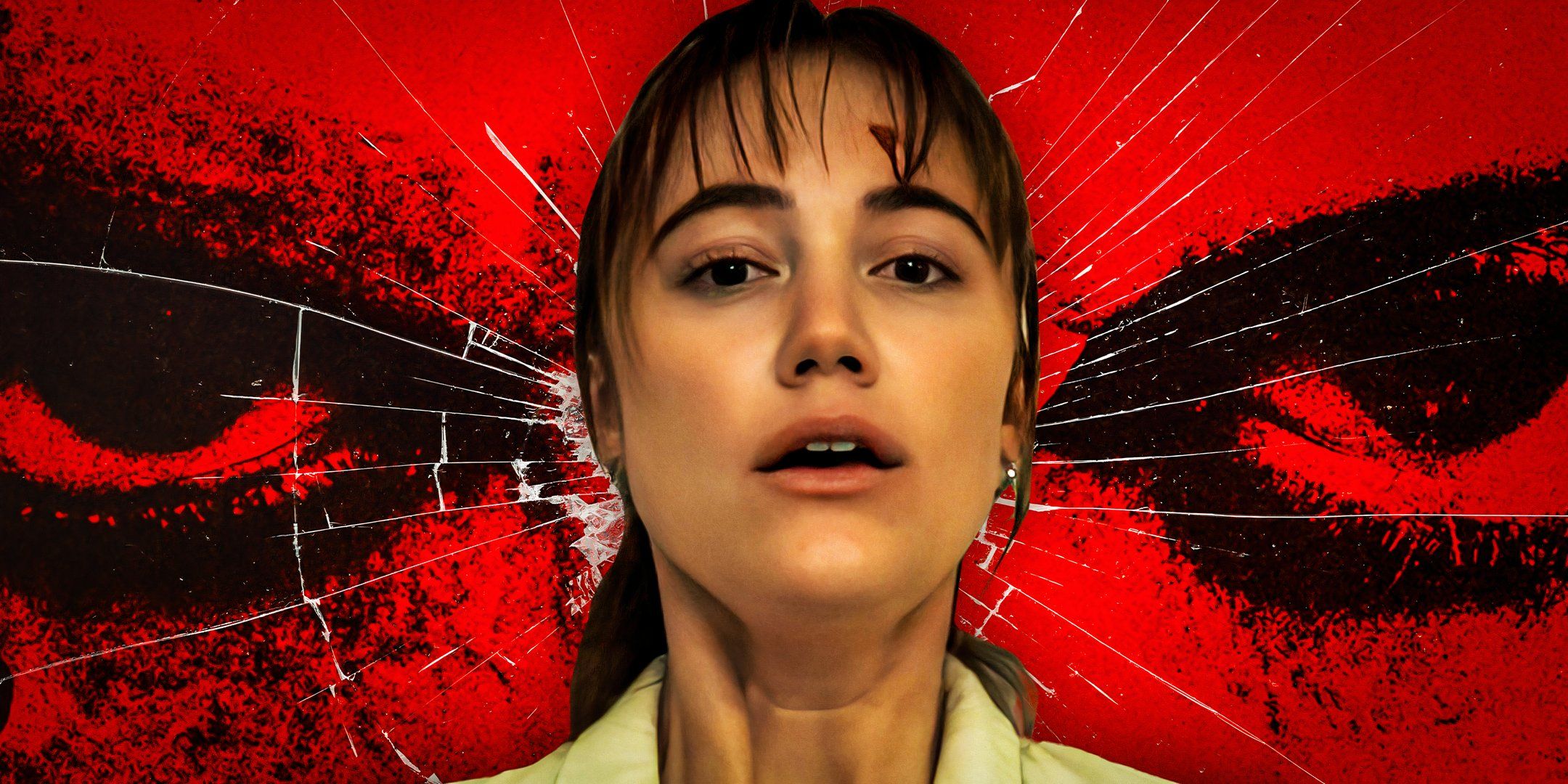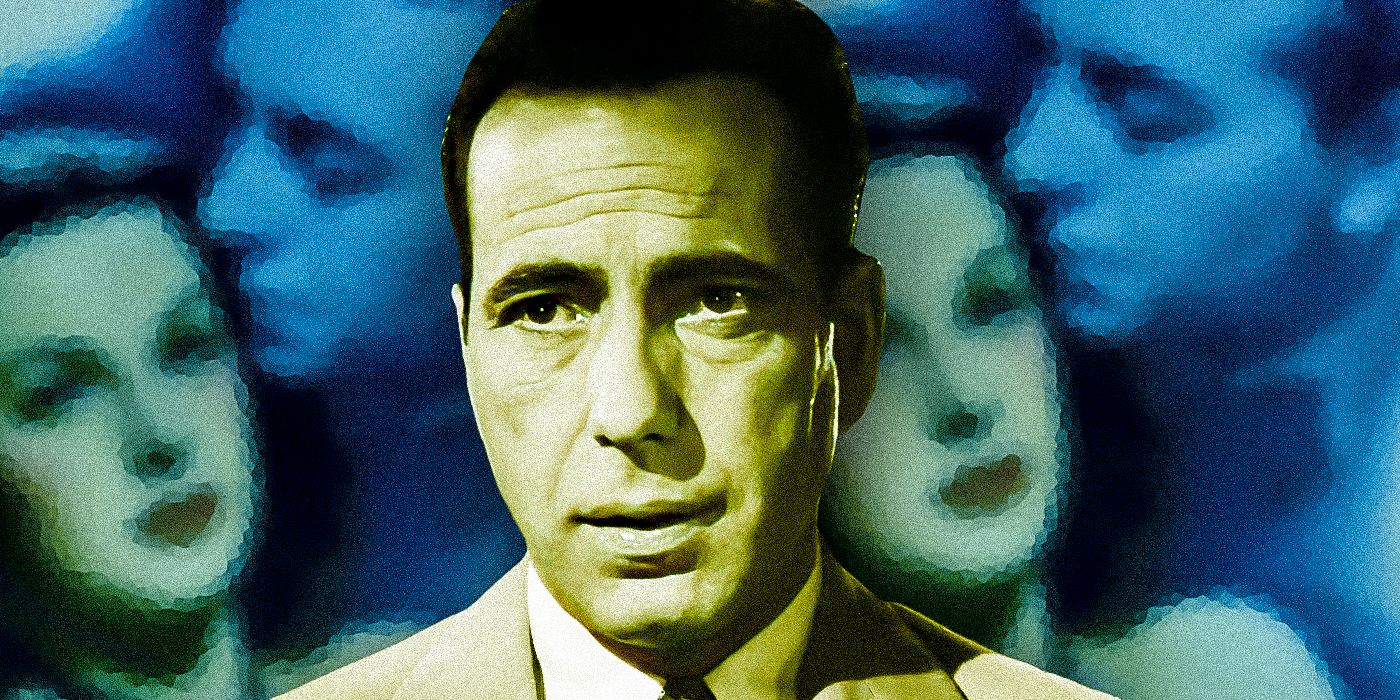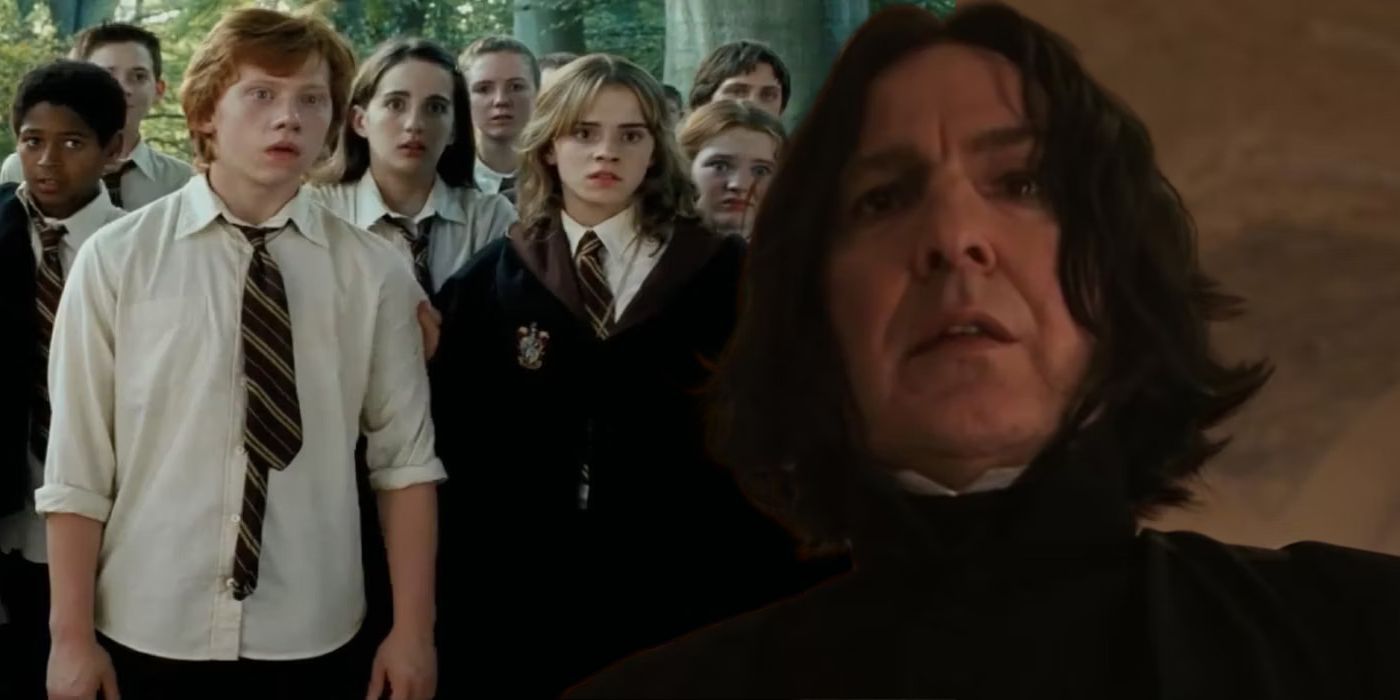Bestselling author Stephanie Meyer’s Twilight saga featured the Quileute tribe heavily, but why was this controversial throughout the success of the novel series and the subsequent movie adaptations? Beginning with Thirteen director Catherine Hardwicke’s moody, surprisingly self-aware teen romance Twilight in 2008, the Twilight saga was a successful series of movies based on the books of the same name by Stephenie Meyer. The saga followed the story of Edward and Bella, a vampire and his teenage human love interest, and despite (or perhaps because of) its cheesy paranormal elements, the franchise was a success that won the hearts of young readers worldwide.
Although the Twilight saga’s adaptations were derided by critics, the film series was nonetheless a huge hit with its target audience and did big business at the box office. Meyer, who is not of First Nations ethnicity, researched the culture and legends of a Native American tribe for use in her story. Despite the tiny real-life Quileute tribe providing inspiration for (and being featured front and center throughout) the Twilight novels and movies alike, the group never received royalties from the franchise’s use of their history and mythology.
Set in the small, real-life town of Forks, the Twilight saga made use of the real-life Quileute tribe’s actual home place, history, and traditions, but failed to recompense the tiny, struggling nation financially. The Quileute tribe were made famous by Twilight, but never saw any remuneration for the saga’s extensive use of their symbology and history, a point of contention which has led to controversy since the Twilight movie series came to a close with Breaking Dawn Part 2 in 2012. As a result of this lack of recognition, the Quileute people’s treatment has become a scandal for the Twilight franchise and sparked debate about the stereotyping of Native populations and the misuse of their cultural heritage for personal profit.
Who Are the Quileute
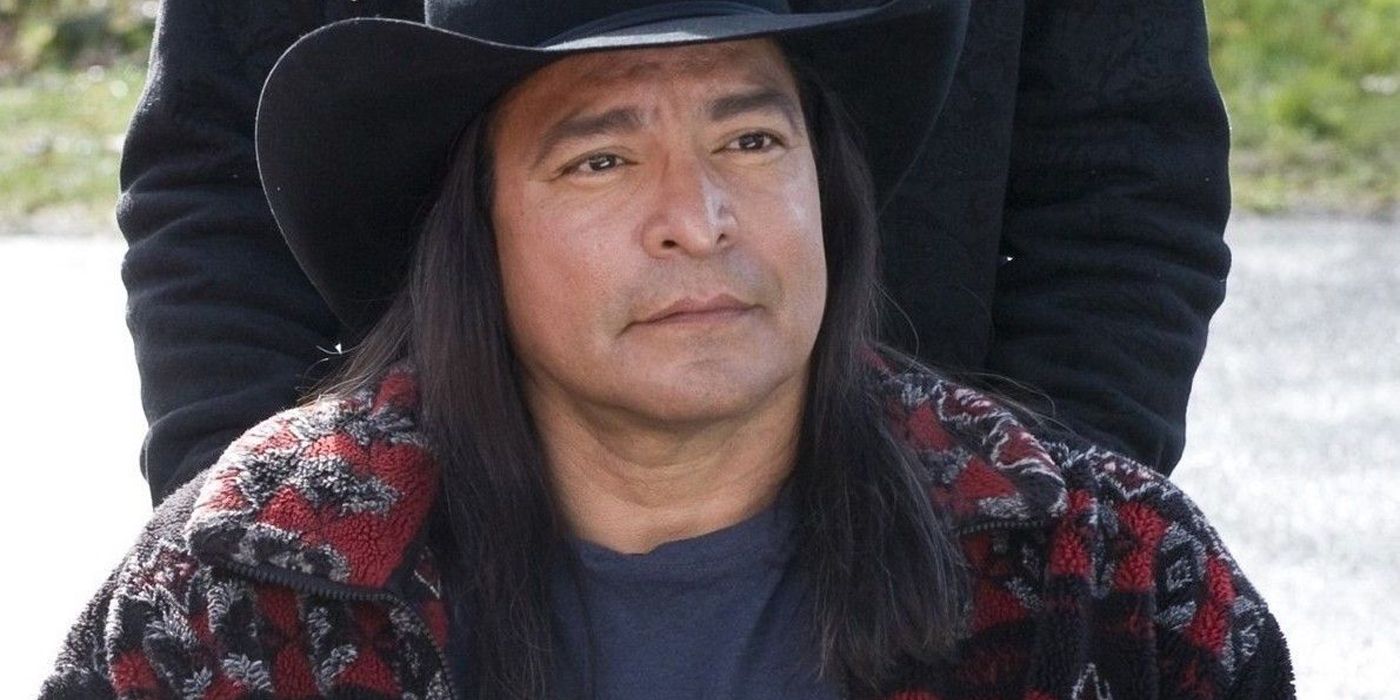
A tiny sovereign nation that now has roughly 2,000 members, the Quileute people are a real tribe of native Americans whose cultural heritage provided the very loose inspiration for Twilight’s werewolf tribe of the same name. Despite many divergences from the actual history of the Quileute people, the tribe is not only mentioned by name in the saga, but their real reservation is also used as a setting for much of the sequel New Moon’s action. Major series player Jacob Black (Taylor Lautner), the famously contentious third wheel in Bella and Edward’s love triangle and cause of “Team Edward vs Team Jacob” fandom wars, is a Quileute tribe member in the series, as are the rest of his werewolf pack.
How Twilight Used Quileute History
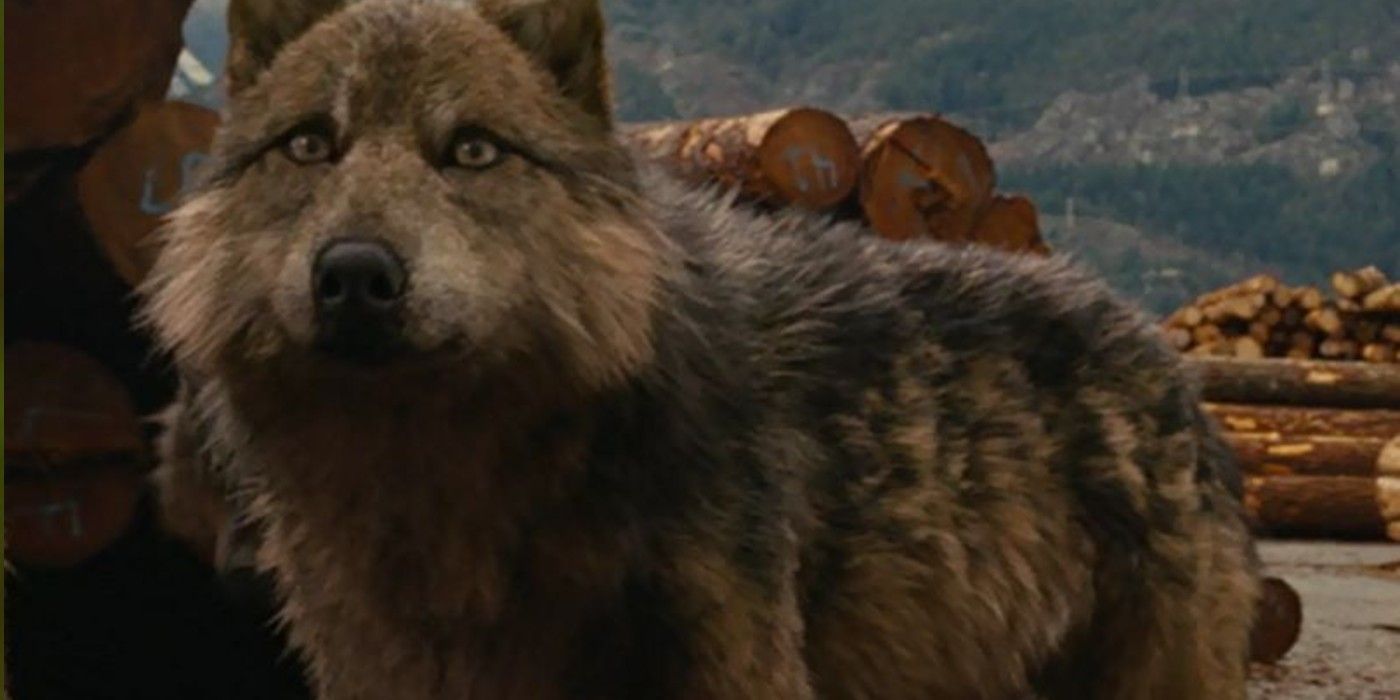
The tribe’s actual symbology and culture were mined for inspiration when Meyer was writing her werewolf characters, and native mythology surrounding “skinwalkers” provides the backbone for Twilight’s version of lycanthropy. Twilight changed a lot of vampire lore to suit its story and the series was equally happy to take a lot of creative license with the Quileute myths. However, as the tribe themselves noted, the Twilight series making changes to their myths that led many fans to conflate the real-life Quileute with their fictional counterparts. The myths of the Quileute people don’t mention “cold ones” (the vampires of the Twilight series), for example, and rather than transforming into wolves, the first two tribe members were transformed into people from wolves according to the tribe’s mythology.
The Quileute Wolf Pack’s Tattoo Problem

A particularly contentious instance of the Twilight saga’s alteration of Quileute history was controversial as it not only took from the tribe’s history but also altered it and mixed it with that of another tribe for aesthetic effect. In the movies, the Quileute wolf pack is depicted as having a tattoo shared by all of their members, similar to the Cullen family crest. The tattoo’s depiction of two twinned wolves, one to represent strength and the other embodying solidarity, does have its roots in an actual Quileute story. However, the tattoo itself was designed by a non-native artist who borrowed from the art style of a different tribe, the Haida nation, in her design. Not only did the Quileute receive no compensation for the tattoo’s design despite it being based on their oral legend, the decision to mix two tribe’s styles and histories further compounded the misconception and stereotyping of Native populations by the franchise.
The Quileute’s Problems With Twilight

As a small real-life community, it’s understandable that the Quileute tribe wasn’t happy about their reality being misrepresented by such a huge, internationally successful series. However, the issues that Quileute people had with Twilight went deeper than the changes to their mythology featured in Meyer’s novels. The Burke Museum, an online resource dedicated to separating Quileute reality from Twilight fiction, notes that the werewolves of the Quileute tribe are overly sexualized throughout the Twilight saga and depicted as “virile aggressive meatheads,” a criticism that recurs throughout many depictions of native American peoples.
The Burke Museum contrasts this depiction of hotheaded and hyper-masculine native American characters with the comparatively classy Cullens, a brood of vampires who maintain a stable family and palatial home despite being mythical bloodsuckers. Some Quileute people felt understandably shortchanged by a series which depicted Jacob fighting minor love interest Mike solely because he interrupted his conversation with Bella, whereas the white love interest Edward can hold back his bloodlust thanks to superior self-control. It’s dicey, racially charged territory for the Twilight saga to explore, and it’s difficult to deny that the series’ depiction of the tribe plays into negative stereotypes of native populations, from their comparative poverty to Jacob’s broken home.
How Twilight Affected The Quileute Tribe

Although the Twilight series made millions on official tie-in merchandise, they weren’t legally required to offer the Quileute people anything and opted not to. The profits could have made a big difference to the tiny (then-roughly-700 strong) tribe, but there was little the tribe could do beyond petitioning people to visit their reservation and support them. For a brief period, the tribe’s fame provided a revenue stream for the small nation, but this soon died down when the public fascination with the Twilight series dried up. Now Twilight is a fondly-remembered fad for most viewers, one whose stars have gone on to bigger and better projects (and the Charlie’s Angels reboot).
However, while Meyer and the movie series producers made millions from the phenomenon, none of this money ever made its way to the group whose mythology supposedly inspired a huge chunk of the series. The Twilight movies did spark some interest in Quileute culture and gave the tribe’s members an opportunity to talk about issues affecting the nation as they exist today, but it’s a far cry from what they were owed when the series was such a hugely successful franchise. This is just another example of the sad tradition of white artists appropriating other cultures for the sake of their art — and profiting greatly for it.

